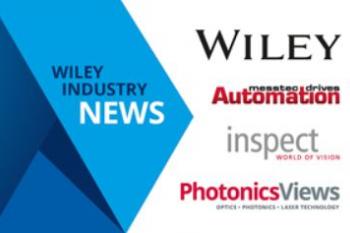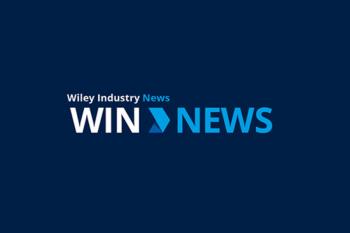Boosting lightweight vehicle design with laser surface texturing
11.02.2025 - Korean researchers utilize laser surface texturing to enhance metal-polymer bonding.
A team of researchers from Seoul National University of Science and Technology has uncovered a promising method to enhance the strength and durability of joints in lightweight vehicle design. By exploring laser surface texturing (LST) techniques on galvannealed advanced high-strength steel (AHSS), this research led by Changkyoo Park, discovered how specific patterns can significantly improve the performance of metal-polymer joints under conditions mimicking real-world stresses, vital for reducing vehicle weight and improving fuel efficiency.
“This method provides a breakthrough for joining metal and plastic, two materials traditionally challenging to bond due to differences in their physical properties,” explains Park. “By grooving different LST patterns on the surface of AHSS and joining it with glass fiber-reinforced polyamide 6 (PA 6) using injection molding, we significantly improved the mechanical interlock and overall strength of the joints.”
The study focused on specific LST patterns, including diagonal and orthogonal designs, which significantly improved resistance to wear and tear and tensile shear strength, achieving up to 78.9 MPa – much higher than traditional automotive structural adhesives that typically achieve around 25 MPa. These patterns effectively improved the mechanical bonding between AHSS and PA 6, a combination that is becoming increasingly important in automotive manufacturing, especially with the industry's shift towards lightweight materials.
Practically, this technique could address a key challenge in the automotive industry: reducing vehicle weight to meet fuel efficiency and emission standards. The study’s findings suggest that optimizing the surface structure of AHSS through LST could lead to stronger, more durable joints with plastic materials, making it easier to incorporate plastics in car parts and reducing overall vehicle weight. This would lead to significant gains in fuel efficiency, and consequently, lower greenhouse gas emissions, aligning with global efforts to make transportation more sustainable.
This advancement has significant real-world applications, including enhancing safety and performance in road driving conditions. “Laser surface texturing is fast and programmable, allowing optimal strength and longevity at any desired joints in the car body and chassis,” says Park. “The potential of this research extends beyond automotive applications. By developing more efficient methods for joining different materials, this study opens new avenues for innovation in various industries such as aerospace and shipbuilding, contributing to the global push for greener, more efficient technologies,” Park concludes. (SeoulTech)
Link: Dept. of Materials Science and Engineering, Seoul National University of Science and Technology, Seoul, Republic of Korea • R&D Division, Hyundai Motor Company, Uiwang-si, Republic of Korea






